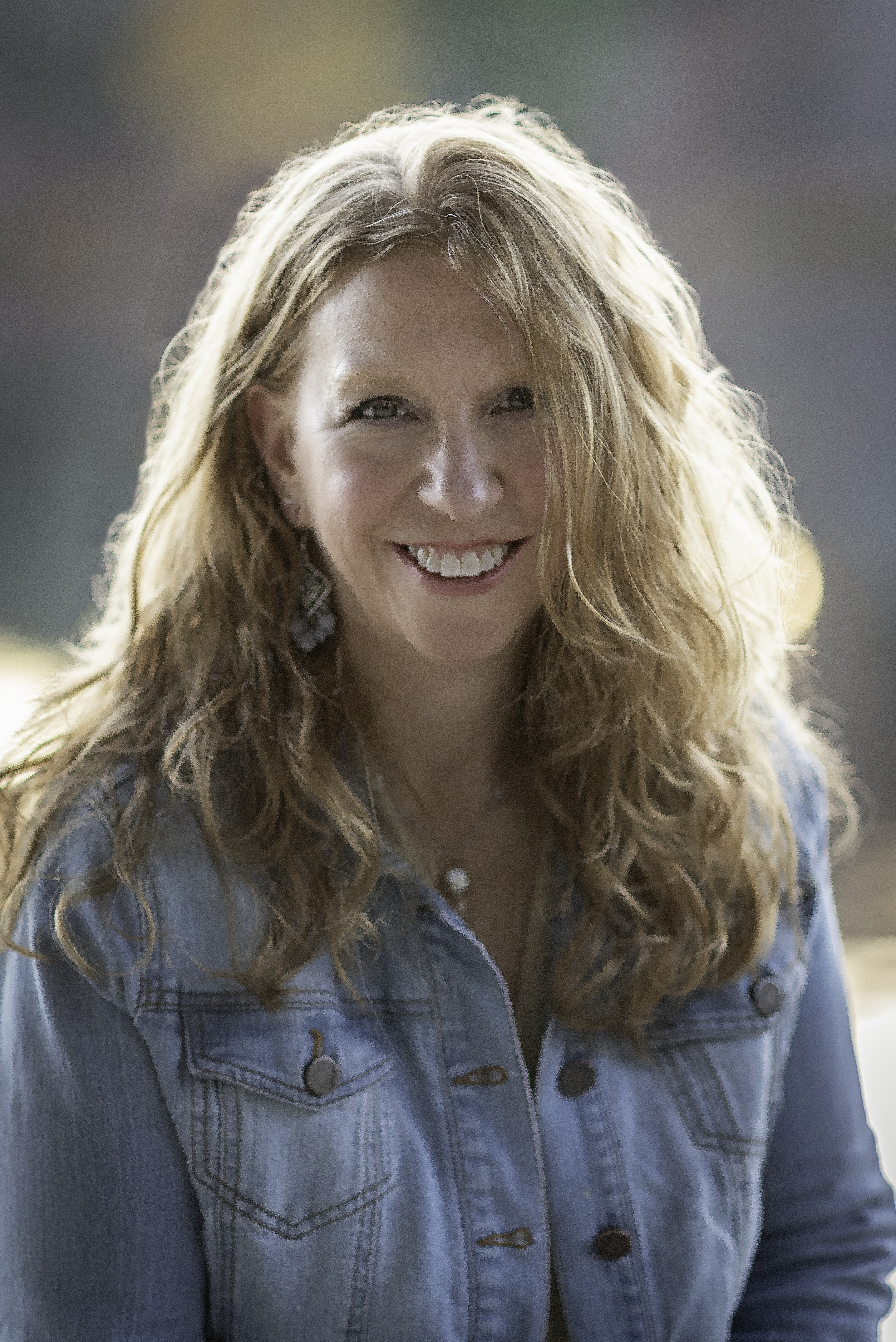A Life Skill You Want to Master
Understanding emotional regulation

I was at a family festival when I was reminded of a life lesson during lunch. A 3-year-old girl spilled her snow cone onto the ground. She froze, stunned by what happened. Her dad quickly assessed the situation, then poured most of his own snow cone into her cup. Instantly, her face lit back up, and the two happily resumed eating their treats.
What struck me was what he didn’t do. He didn’t scold her with “How could you be so careless?” He didn’t magnify her loss with shame: “Look at what you did.” He didn’t try to leave her with a lesson beyond her age like: “I guess you won’t drop it next time.” Instead, with one simple act, he taught his daughter that mistakes are safe to make. He showed her he understood how she felt. He modeled love in action and emotional regulation at its finest.
Now contrast that with the scene of a world-class tennis player smashing the heck out of his racket during the U.S. Open. One moment of dysregulation turned into a meltdown on an international stage. The difference? One adult chose a calm presence and response, while the other got swept away by unchecked emotion.
I realize one is high stakes and one is snow cones, but how someone shows up often follows a pattern of behavior, regardless of the setting. And when you think about it, the snow cone scenario was high stakes because: a child was watching his parent.
And that’s the power of emotional regulation.
Defining Emotional Regulation
No one stays calm all the time. Stress, exhaustion or pressure can make anyone reactive. But emotional regulation, the ability to pause, manage impulses and choose a thoughtful response, can significantly improve every aspect of your life and every relationship.
Dysregulated adults can be like tornadoes, unpredictable and damaging. Dysregulated adults are more likely to snap back, overreact, have road rage, be quick to anger and create personal conditions that feel like walking through a minefield.
Regulated adults are more likely to listen, validate, consider, collect thoughts, choose words and prioritize tasks instead of becoming a stress storm. Regulated adults are like the calm eye of a storm. They choose response over reaction. Instead of erupting, they create safety in their relationships and inspire trust.
Why Emotional Regulation Matters
For kids, having emotionally regulated adults is especially powerful. Children watch how adults handle frustration and conflict. Regulated parents teach their children: I am safe here. Big feelings can be handled with calm and care. That becomes the foundation for their own future relationships. Whether children are going through the terrible twos or the understandably emotional teenage years, a steady parent who sees them and practices calm can help teach them to regulate themselves much faster. There’s even a term for it: coregulation.
Parenting is hard. Coregulation fosters a warm and responsive relationship as kids witness parents artfully navigate hard things and hard emotions. They see their parents modeling how to do it and they realize they can do it too. Self-regulation isn’t about stuffing down emotions or pretending to be perfect. It’s about creating space between impulse and action so you can choose. When you pause (even for a few seconds) your choices can reflect your values. Instead of snapping back or spiraling, you choose calm, clarity and strength. Think of it this way: No one wants their pilot or surgeon to be like the one who is smashing their tennis racket to bits. Kids want a steady guide.
This is where resilience in kids is born. Growing up without emotional volatility is a gift beyond measure. It’s grounding. Stability gives kids a strong foundation to build upon as they enter adulthood and navigate its trials and tribulations. With the skill of emotional regulation, conflicts can be resolved respectfully without yelling, avoiding, shutting down or escalating.
Emotional steadiness frees up mental energy to concentrate on what matters most to you and improves every relationship in your life.
How to Build Self-Regulation
Think of self-regulation like a muscle — it grows stronger with practice. Try these tools:
- Pause before reacting. Count to five or take a breath.
- Notice your triggers. Who or what sets you off? Become more self-aware of when you might need an extra minute.
- Practice mindfulness and meditation; even just five minutes helps.
- Label your emotions. Naming them makes them manageable.
- Set boundaries. Protect your time and energy.
- Delay gratification. Practice waiting on small things.
- Choose healthy coping. Walk, journal or call a friend.
- Prioritize rest and self-care. Sleep, movement and clean eating fuel calm.
- With kids, practice not taking things personally.
- Reframe negative thoughts. Ask yourself: What’s another way to see this?
- Practice daily small steps to build lasting strength.
Life will always bring snow cone spills and stressful moments. But the way you respond? That’s up to you. By choosing calm over chaos, you don’t just change your own life; you model what’s possible for everyone around you. Emotional regulation is a mirror of the inner world that runs your outer world.